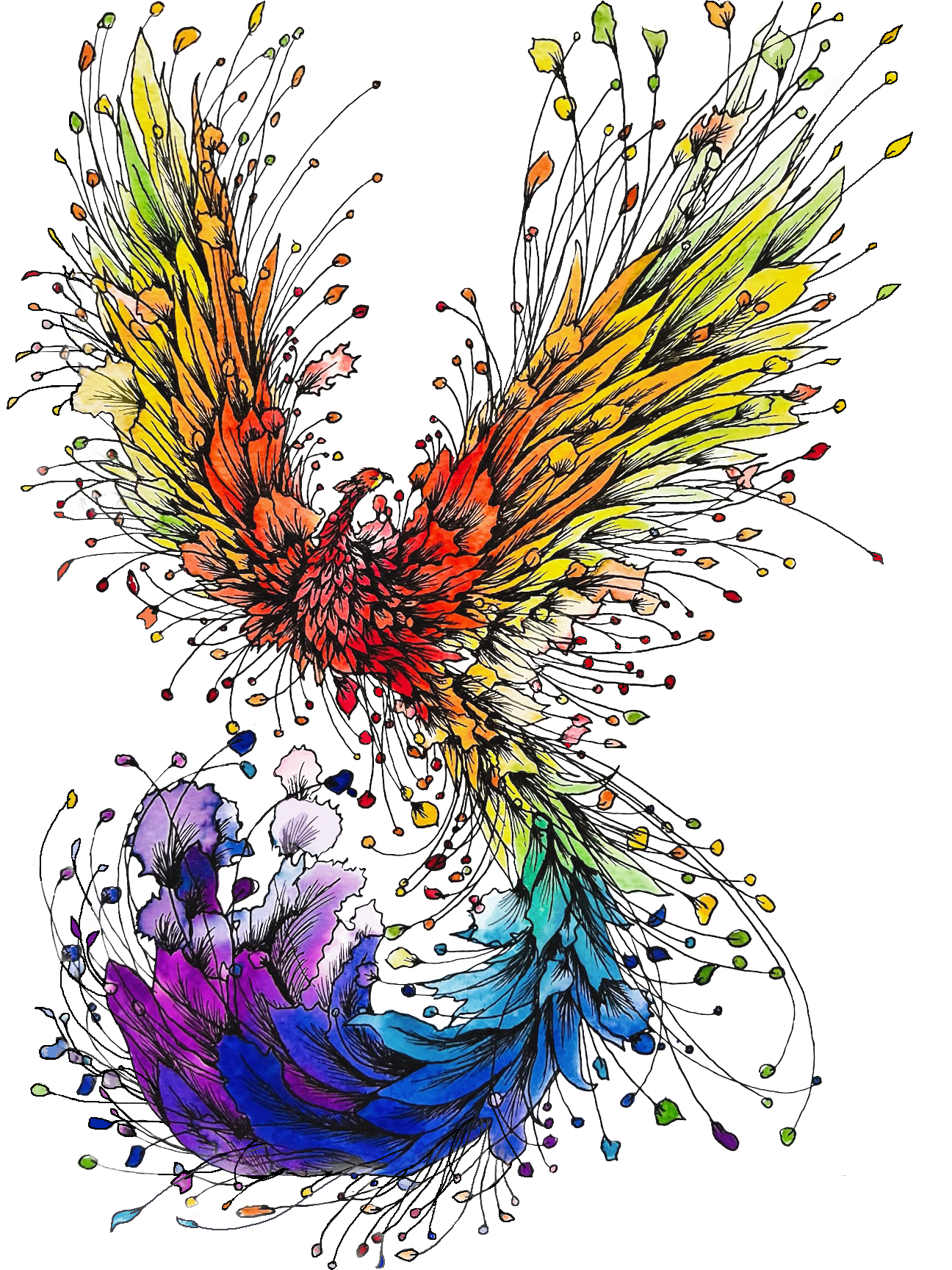The Crucial Role of Integration in Psychedelic-Assisted Therapy
Understanding Integration
Integration in the context of psychedelic-assisted therapy refers to the process of making sense of and incorporating the insights, experiences, and emotions that arise during a psychedelic session into one's daily life. Psychedelics can evoke profound and transformative experiences, but without proper integration, the therapeutic benefits may not be fully realized.
The Role of Integration
Solidifying Insights and Experiences: During a psychedelic experience, individuals often gain deep insights, confront unresolved issues, and encounter intense emotions. Integration helps individuals process and make sense of these experiences, allowing them to solidify the insights gained during the session.
Emotional Healing and Trauma Processing: Psychedelics can bring repressed emotions and traumatic memories to the surface. Integration provides a safe space to explore and heal from these emotional wounds, promoting long-lasting psychological well-being.
Behavioral Change: Integration can help individuals identify and work on behavioral changes that support their healing process. It can be a catalyst for adopting healthier habits, such as improved self-care, mindfulness practices, or improved communication.
Reconnecting with the Self and Others: Many individuals report a sense of interconnectedness or unity with the universe during psychedelic experiences. Integration can help people find ways to maintain a connection to this feeling of oneness in their daily lives, fostering personal growth and enhancing relationships.
Actionable Integration Practices
Journaling: Regularly writing in a journal can help you document your thoughts, emotions, and insights during and after a psychedelic session. This practice allows you to track your progress and notice patterns in your thoughts and behavior over time.
Meditation and Mindfulness: Incorporate mindfulness and meditation practices into your daily routine to help maintain a heightened sense of self-awareness. These practices can assist in processing emotions, reducing stress, and improving overall well-being.
Therapeutic Support: Engaging in regular therapy sessions with a trained therapist experienced in psychedelic integration can be immensely beneficial. They can provide guidance, support, and a safe space to explore and process your psychedelic experiences.
Supportive Community: Connect with like-minded individuals who have had similar experiences. Sharing your thoughts, challenges, and successes within a supportive community can foster a sense of belonging and provide valuable insights.
Creative Expression: Engaging in creative outlets such as art, music, or dance can help you express and process emotions that may be difficult to convey verbally. These forms of expression can be powerful tools for integration.
Nature and Physical Activity: Spending time in nature and engaging in physical activities can help ground you and reconnect with your body. Nature has a way of promoting a sense of interconnectedness and can be a source of inspiration for integration.
Conclusion
The role of integration in psychedelic-assisted therapy cannot be overstated. It is the glue that holds together the insights and experiences gained during a psychedelic session, helping individuals create lasting positive change in their lives. By incorporating actionable integration practices, individuals can maximize the therapeutic potential of psychedelics and embark on a transformative journey toward improved mental health and overall well-being. Remember that the process is personal and ongoing, and there is no one-size-fits-all approach to integration. Find the practices that resonate with you, and commit to the journey of self-discovery and healing.
